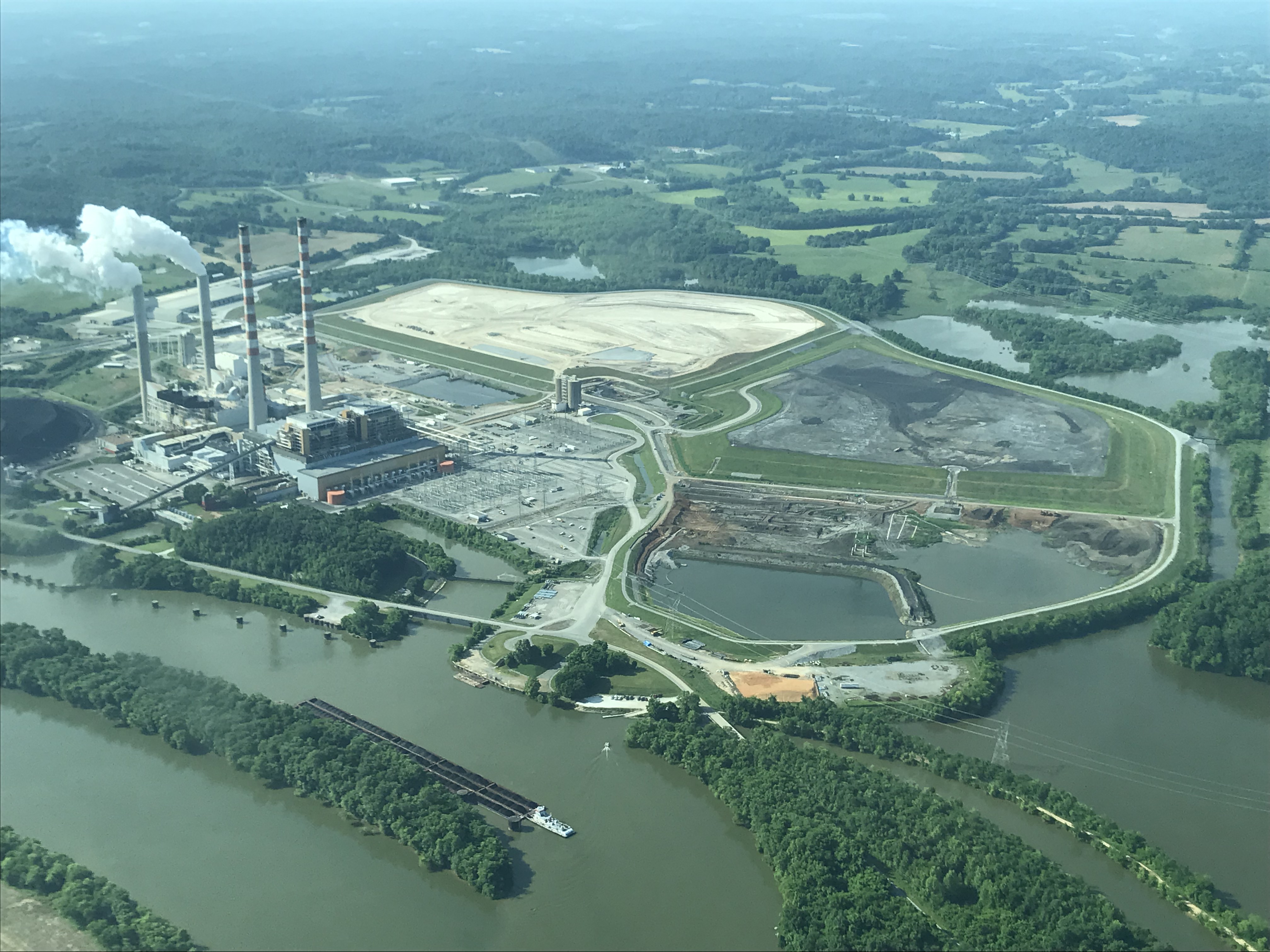The following is from testimony delivered by Sierra Club Senior Attorney Bridget Lee at an EPA public hearing in support of strong coal ash regulation. Bridget has advocated for protections from coal ash dangers for over a decade and leads Sierra Club’s efforts pushing EPA to strengthen its latest proposed coal ash rule.
In May, the Supreme Court removed federal protections for millions of acres of wetlands across the country.
Last month, wildfire smoke blanketed much of the Midwest and East Coast resulting in orange skies and record-setting poisonous air.
And just this past Sunday, I was driving home from taking my two-year-old daughter to visit her grandparents, and we missed a flash-flooded highway by about an hour.
What does any of this have to do with coal ash regulation?
As the effects of climate change become more common and more deadly, the communities in whose backyards billion-dollar investor-owned utilities have dumped their toxic sludge on the cheap for decades will bear the brunt of those effects.
When increasingly severe rainstorms flood those communities, with fewer and fewer wetlands to absorb the water, we can only expect more dam failures and coal ash disasters like the one at Tennessee Valley Authority’s (TVA) Kingston plant in Tennessee.
And even where floods don’t breach dams, sea level rise and wetter storms are raising the groundwater tables in which millions of tons of coal ash now sit. More groundwater in contact with ash and more rainfall will mean more contaminants released into the environment.
The National Climate Assessment, prepared by federal agencies, including the EPA, concluded that climate change will make extreme precipitation and flooding risk particularly acute in the Midwest and the Southeast, where ninety percent of unregulated coal ash ponds and landfills are located.
With respect to air quality, fugitive dust from unregulated coal ash dump sites pollutes the very communities already suffering from higher than average exposures to particulate matter, ozone, diesel emissions, and other air toxics.
Given our new normal of frequent flooding and poor air quality, protection against the harms posed by coal ash dump sites is of critical importance. In particular, inactive ash landfills and other coal ash fill should be regulated regardless of whether they are co-located with ash ponds or active landfills. These dumps pose the same risks as inactive landfills at other sites. There is no justification for allowing these sites to pollute communities without consequence.
In its current proposal, EPA documents the fact that more poor Americans and Black, Native, and Latino folks live near currently unregulated coal ash dump sites and that these people are disproportionately vulnerable to other environmental burdens. Simply reclassifying a number of disposal sites as “regulated” will not deliver the protections families living near toxic coal ash dumps deserve.
In addition to amending its regulations to cover previously unregulated ash dumps, EPA must prioritize enforcement and hold polluters accountable. Indeed, even coal ash ponds and landfills that are currently regulated by the existing regulations are polluting waters and communities as we speak.
Noncompliance with the coal ash rule—as EPA itself has documented at a number of sites—is widespread. Without federal enforcement, owners of coal ash facilities will continue to feel all too comfortable to carry on with business as usual—that is, passing along the costs of their operations to surrounding communities.
Given the resources EPA has invested (our tax dollars) to extend protections to additional coal ash dump sites, strong enforcement of the rule is the only way to ensure a meaningful return on the investment.
In short, EPA should do two things: (1) close the loopholes in the coal ash rule fully, not part of the way; and (2) enforce the rule.
